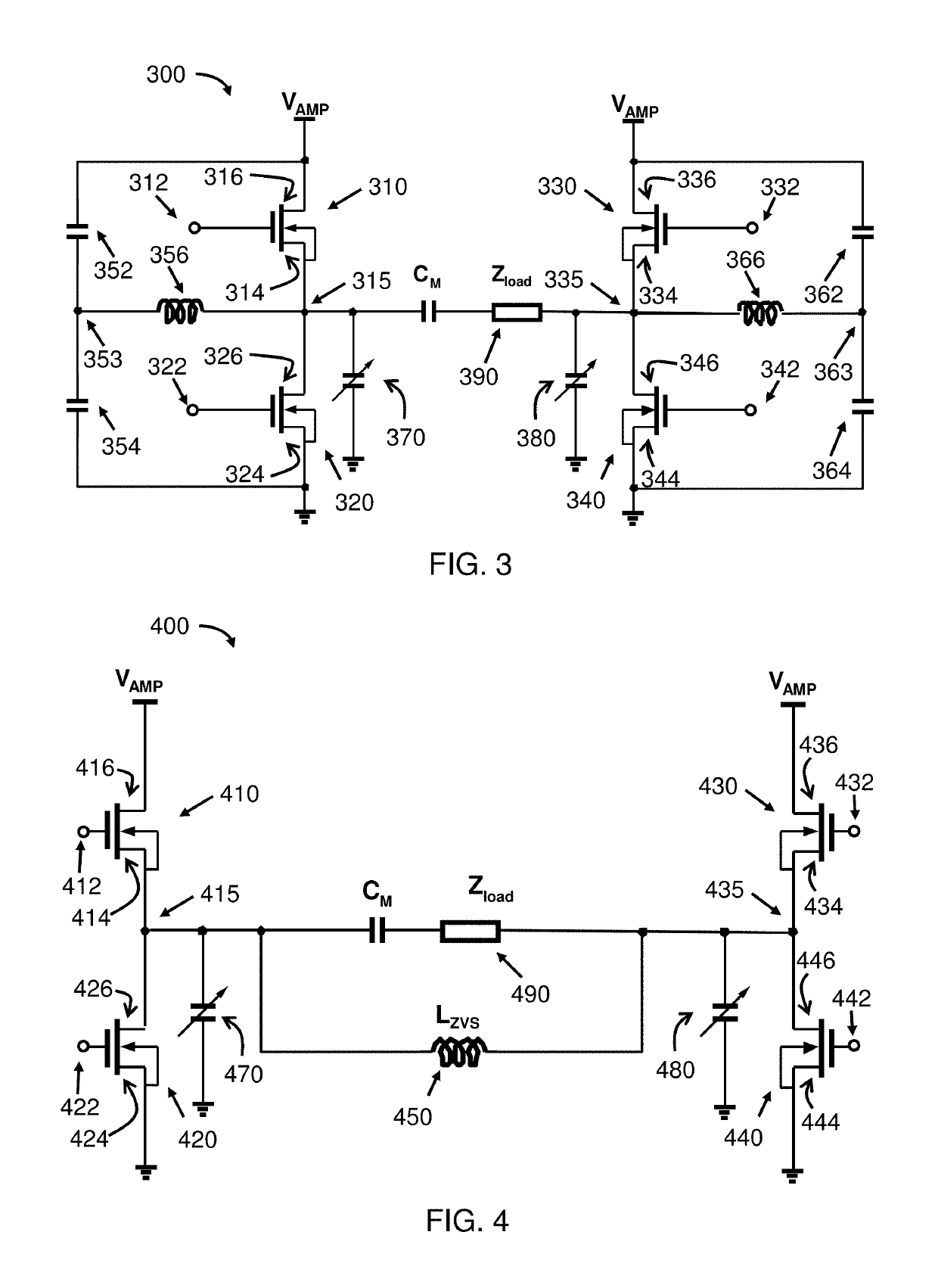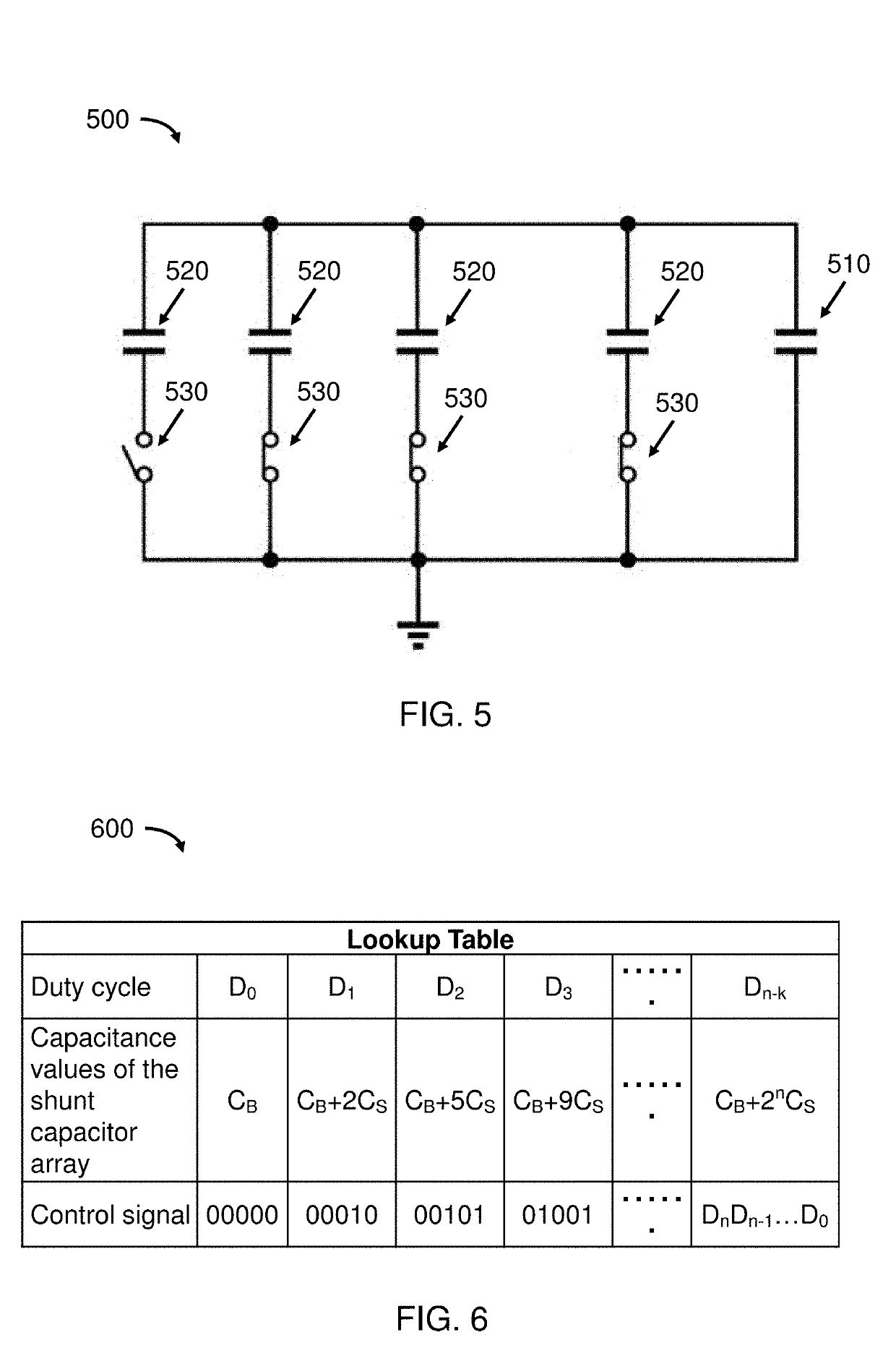Wireless power transfer system
a power transfer system and wireless technology, applied in the direction of electrical equipment, circuit arrangements, etc., can solve the problem that the overall power conversion efficiency cannot maintain a stable value, and achieve the effect of maximizing the power conversion efficiency of the system
- Summary
- Abstract
- Description
- Claims
- Application Information
AI Technical Summary
Benefits of technology
Problems solved by technology
Method used
Image
Examples
Embodiment Construction
[0018]Example embodiments relate to wireless power transfer systems or wireless power transmitters and methods that supply power to a load wirelessly with maximized power conversion efficiency.
[0019]Wireless power transfer system transfers electrical power from a power source to an electrical load wirelessly. This system transfers electrical power ranging from microwatts to megawatts. The wireless power transfer system includes an inverter or an amplifier that converts a direct current (DC) signal to an alternating current (AC) signal, a transmitting (Tx) resonator, a receiving (Rx) resonator, and a rectifier. The rectifier converts the AC signal to DC signal and supplies power to the load directly. The wireless power transfer system is desired to keep a high power conversion efficiency when the load impedance fluctuates.
[0020]Example embodiments continuously, continually, or periodically adjust the driver of the amplifier and the shunt capacitance of the amplifier in order to impro...
PUM
 Login to View More
Login to View More Abstract
Description
Claims
Application Information
 Login to View More
Login to View More - R&D
- Intellectual Property
- Life Sciences
- Materials
- Tech Scout
- Unparalleled Data Quality
- Higher Quality Content
- 60% Fewer Hallucinations
Browse by: Latest US Patents, China's latest patents, Technical Efficacy Thesaurus, Application Domain, Technology Topic, Popular Technical Reports.
© 2025 PatSnap. All rights reserved.Legal|Privacy policy|Modern Slavery Act Transparency Statement|Sitemap|About US| Contact US: help@patsnap.com



